Food is expensive. If you do the grocery shopping for your household, you know that this is one of the highest costs related to your home and family. While it may be unlikely that you can completely eliminate your grocery bill, you can grow certain foods yourself. And, you can grow them from scraps that you would normally throw away.
Imagine having an unlimited supply of your family’s favorite produce.
Incidentally, produce is often one the most expensive items on most grocery lists so anything that you can cut down will help you to tremendously curb that grocery expense.
There are a number of fruits and vegetables that you can replant and grow
yourself, ensuring that you always have these items on hand when you need them and helping you to cut down on the money that you spend on produce every week.
If you have ever considered growing your own food, this post contains a list of 25 foods that you can grow from the leftover scraps and seeds that you normally throw out.
Post divided into 8 projects/page. Use the navigational buttons to navigate.
appear along with new leaves. When this happens you can transplant your lettuce or cabbage in soil.
2. Celery
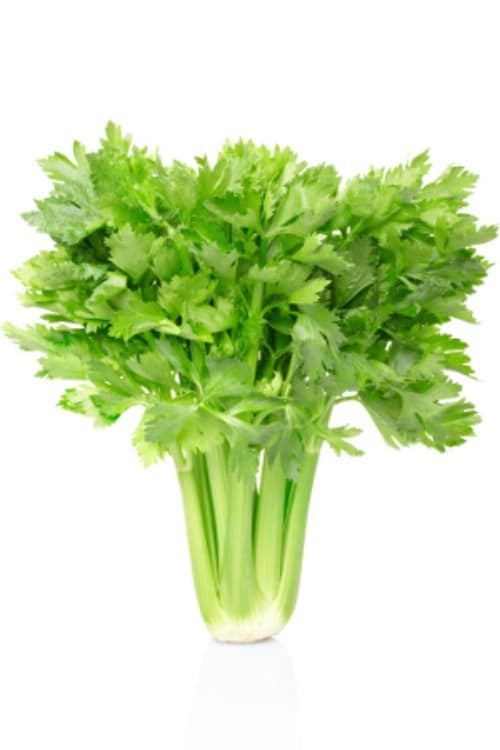 Celery is one of the easiest foods to grow from leftover scraps. Just cut off the bottom or base of your celery and lay it in a bowl with just a bit of warm water in the bottom. Keep the bowl in direct sunlight as long as possible each day and after about a week, you will begin to see the leaves thickening and growing along the base. When this happens, you can transplant your celery in soil and wait for it to grow to full length.
Celery is one of the easiest foods to grow from leftover scraps. Just cut off the bottom or base of your celery and lay it in a bowl with just a bit of warm water in the bottom. Keep the bowl in direct sunlight as long as possible each day and after about a week, you will begin to see the leaves thickening and growing along the base. When this happens, you can transplant your celery in soil and wait for it to grow to full length.3. Lemongrass
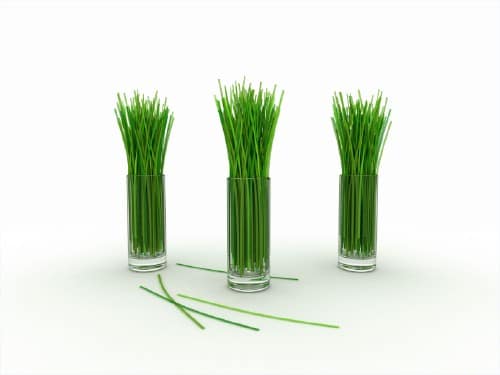 If you love using lemongrass but have a difficult time finding it, simply regrow your own. Lemongrass will grow just like regular grass. You just place the root that is leftover in a glass bowl or jar with enough water to cover it and leave it in the sunlight. After about a week, you will notice new growth
If you love using lemongrass but have a difficult time finding it, simply regrow your own. Lemongrass will grow just like regular grass. You just place the root that is leftover in a glass bowl or jar with enough water to cover it and leave it in the sunlight. After about a week, you will notice new growth
and when this happens you can transplant your lemongrass in a pot or in your herb garden.
4. Bean Sprouts
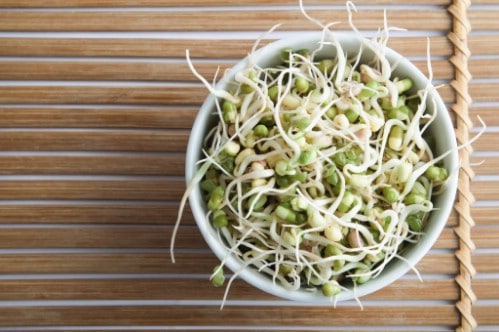 If you love cooking with bean sprouts you can grow them yourself as well. You just need to soak a tablespoon or so of the beans that you want to grow in a jar with shallow water. Leave this overnight and in the
If you love cooking with bean sprouts you can grow them yourself as well. You just need to soak a tablespoon or so of the beans that you want to grow in a jar with shallow water. Leave this overnight and in the
morning, drain the water off and put the beans back in the container. Cover the container with a towel overnight and rinse them the next morning. Keep doing this until you notice the sprouts begin to appear and then until they reach the size that you want. This works well with mung beans and wheat berries
5. Avocado
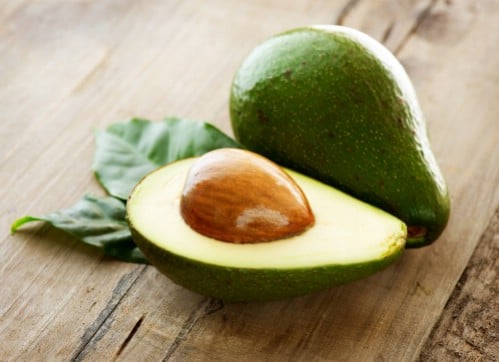 Avocado seeds can be used to grow a steady supply of this super food. You just have to wash the seed and use toothpicks to suspend it over water in a bowl or jar. The water should come up enough to cover the bottom inch of the seed. Keep the container in a warm place but not in direct sunlight and remember to check the water every day and add more as needed. It can take up to six
Avocado seeds can be used to grow a steady supply of this super food. You just have to wash the seed and use toothpicks to suspend it over water in a bowl or jar. The water should come up enough to cover the bottom inch of the seed. Keep the container in a warm place but not in direct sunlight and remember to check the water every day and add more as needed. It can take up to six
weeks for the stem and roots to appear and once the stem reaches about 6 inches you will need to cut it down to 3 inches. When leaves begin appearing, you can plant the seed in soil, remembering to leave about half of it above ground.
6. Potatoes
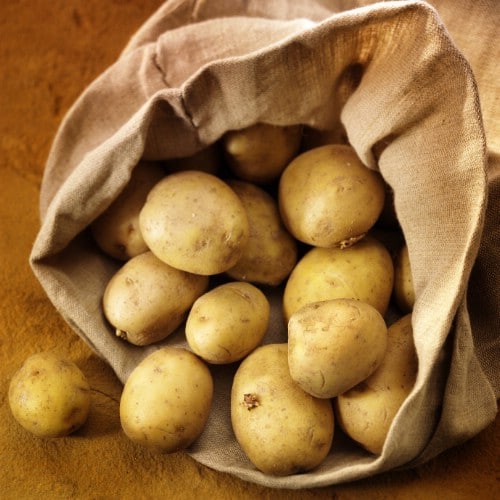 Virtually everyone knows that potatoes can be grown from potato peelings. You need peelings that have eyes on them. Cut those peelings into two inch pieces, ensuring that there are at least two or three eyes on each piece. Allow them to dry out overnight and then simply plant them
Virtually everyone knows that potatoes can be grown from potato peelings. You need peelings that have eyes on them. Cut those peelings into two inch pieces, ensuring that there are at least two or three eyes on each piece. Allow them to dry out overnight and then simply plant them
about four inches deep in your soil. Make sure that the eyes are facing up when planting. It will take a few weeks before you see the potato plant begin to grow.
7. Sweet Potatoes
 Sweet potatoes can be grown much like regular potatoes. You just have to cut the sweet potato in half and suspend it using toothpicks above a
Sweet potatoes can be grown much like regular potatoes. You just have to cut the sweet potato in half and suspend it using toothpicks above a
container of shallow water. Roots will begin to appear in just a few days and sprouts will be seen on top of the potato around that same time. Once those sprouts reach about four inches or so in length, just twist them off and place them in a container of water. When the roots from this container reach about an inch in length, you can plant them in soil.
8. Ginger
 Ginger root is very easy to grow and once you get started, you can keep your supply of ginger full. You just need to plant a spare piece of your ginger root in potting soil, making sure that the buds are facing up. You will notice new shoots and new roots in about a week or so and once this happens you can pull it up and use it again. Remember to save a piece of the rhizome so that you can replant it
Ginger root is very easy to grow and once you get started, you can keep your supply of ginger full. You just need to plant a spare piece of your ginger root in potting soil, making sure that the buds are facing up. You will notice new shoots and new roots in about a week or so and once this happens you can pull it up and use it again. Remember to save a piece of the rhizome so that you can replant it
when you need them and helping you to cut down on the money that you spend on produce every week.
If you have ever considered growing your own food, this post contains a list of 25 foods that you can grow from the leftover scraps and seeds that you normally throw out.
Post divided into 8 projects/page. Use the navigational buttons to navigate.
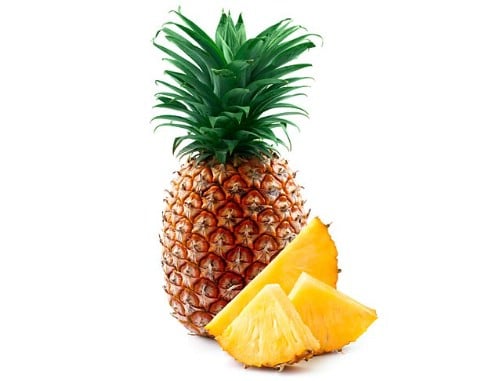
the container filled so that it reaches just about the base. You will notice roots in about a week or so and once they are formed you can transplant into potting soil. If you live in a cooler area, it is best to grow your pineapple indoors.
10. Garlic
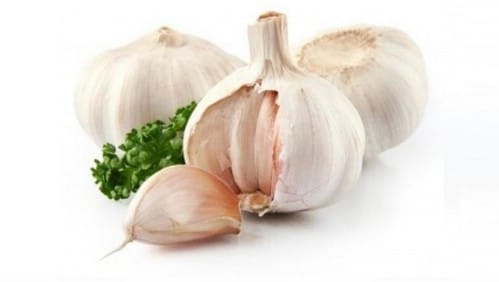 Garlic is really easy to grow and can be done from just one clove. When you buy garlic, you get several cloves so just pull one off and plant it with the roots facing down in potting soil.
Garlic is really easy to grow and can be done from just one clove. When you buy garlic, you get several cloves so just pull one off and plant it with the roots facing down in potting soil.
Garlic likes plenty of direct sunlight so in warmer weather, keep it outdoors in the sun during the day. Once you notice that new shoots have established, cut the shoots back and your plant will produce a bulb. You can take part of this new bulb and plant again.
11. Onions
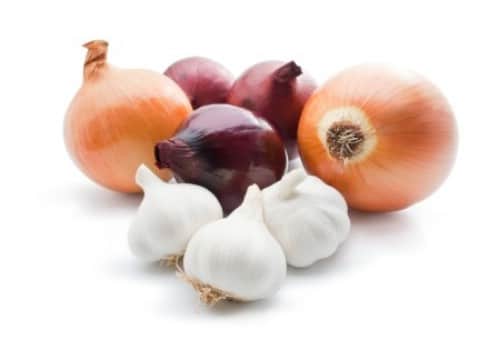 Onions are very easy to grow indoors
Onions are very easy to grow indoors
or out. You just have to cut the root of the onion off and make sure that you leave about a half an inch of onion when you do. Cover lightly with potting soil and keep in a sunny area. For green onions, simply put the white base with the roots intact in a container of water and place in direct sunlight. Change the water out every few days and the green will continue to grow. Just snip what you need and allow it to grow as long as you like.
12. Pumpkins
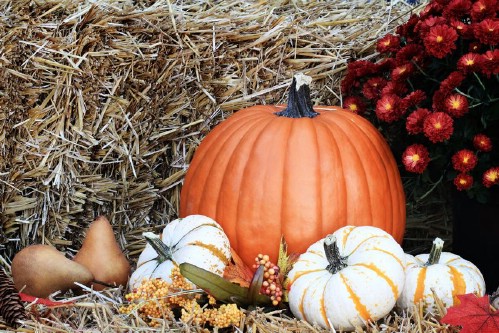 If you tend to carve pumpkins on Halloween, you can save those seeds and plant them. Even if you prefer toasting your seeds for a yummy snack, you can save a couple for growing new pumpkins. Just spread the seeds out in a sunny area outdoors and cover with soil. You can also plant an entire pumpkin. Once you finish displaying that Jack-O-Lantern, just fill it with soil and plant the entire thing.
If you tend to carve pumpkins on Halloween, you can save those seeds and plant them. Even if you prefer toasting your seeds for a yummy snack, you can save a couple for growing new pumpkins. Just spread the seeds out in a sunny area outdoors and cover with soil. You can also plant an entire pumpkin. Once you finish displaying that Jack-O-Lantern, just fill it with soil and plant the entire thing.13. Mushrooms
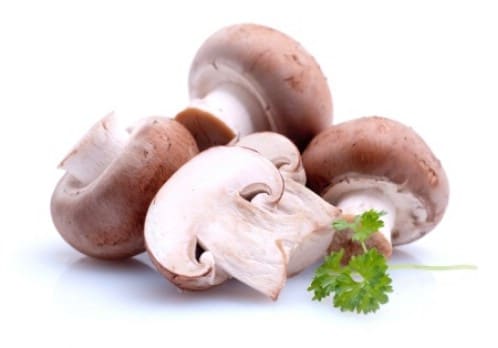 You can grow mushrooms from cuttings, although they are a bit more difficult than many other vegetables. You will need a warm area with a lot of humidity and soil that is rich in nutrients. It is much better to grow your mushrooms in a pot as opposed to in the ground because you have a better shot at controlling the temperature and the humidity. You
You can grow mushrooms from cuttings, although they are a bit more difficult than many other vegetables. You will need a warm area with a lot of humidity and soil that is rich in nutrients. It is much better to grow your mushrooms in a pot as opposed to in the ground because you have a better shot at controlling the temperature and the humidity. You
just have to cut away the head of the mushroom and plant the stalk or stem in the soil. Leave the very top exposed and this base will begin to grow a new head.
14. Peppers
 You can grow a number of hot peppers from the seeds that are leftover. Just collect the seeds from your habaneros, jalapenos or any other peppers that you have on hand.
You can grow a number of hot peppers from the seeds that are leftover. Just collect the seeds from your habaneros, jalapenos or any other peppers that you have on hand.
Plant them in potting soil and keep in direct sunlight unless it is warm outside and then you can just plant them in your garden area. Peppers grow relatively fast and don’t require a lot of care. Once you get a new crop, just save some of the seeds for replanting again.
15. Fennel
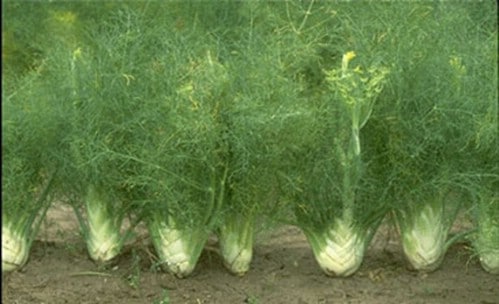 Growing fennel requires that you keep the roots intact. You need about
Growing fennel requires that you keep the roots intact. You need about
an inch of the base of the fennel to get it to regrow. Just place this base in a container with about a cup of water and leave it in direct sunlight. The windowsill is the perfect place to grow fennel. When the roots grow strong and you notice new green shoots coming up from the center of the base, you can transplant into soil.
16. Tomatoes
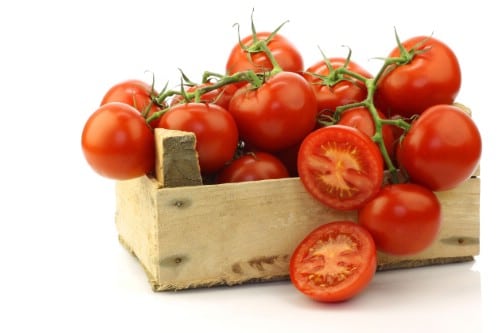 Tomatoes can be grown just by
Tomatoes can be grown just by
There are a number of fruits and vegetables that you can replant and grow yourself, ensuring that you always have these items on hand when you need them and helping you to cut down on the money that you spend on produce every week.
If you have ever considered growing your own food, this post contains a list of 25 foods that you can grow from the leftover scraps and seeds that you normally throw out.
Post divided into 8 projects/page. Use the navigational buttons to navigate.

Basil is relatively easy to regrow. You just have to have a stem about four inches high. Place this stem in a glass of water with the leaves well above the water line. Leave the glass sitting in a bright area but not in direct sunlight. Roots should begin to
form in a few days and when those roots reach a couple of inches long, you can transplant them in soil.
18. Cilantro
 Cilantro can be grown from scraps as well. Just place the bottom of the stem in a glass of water and leave in a bright area, near a windowsill perhaps. When the roots grow a couple of inches long, you can transplant the cilantro into a pot and
Cilantro can be grown from scraps as well. Just place the bottom of the stem in a glass of water and leave in a bright area, near a windowsill perhaps. When the roots grow a couple of inches long, you can transplant the cilantro into a pot and
you will notice new sprigs in just a few weeks.
19. Turnips
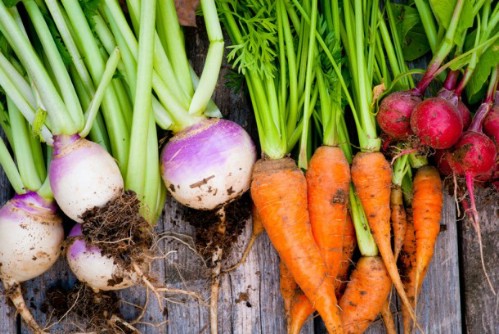 Root plants, turnips grow well from clippings or leftover scraps. You just need to salvage the tops of the turnip and place in a container of water. You should notice new green tops growing in just a few days after you begin. Just allow the root to continue growing until it’s ready to be
Root plants, turnips grow well from clippings or leftover scraps. You just need to salvage the tops of the turnip and place in a container of water. You should notice new green tops growing in just a few days after you begin. Just allow the root to continue growing until it’s ready to be
transplanted in the ground. This works with many root vegetables such as beets, turnips and even parsnips.
20. Cherries
 You can actually grow your own cherry tree from the pit of the cherry, although it does take some time to grow an entire tree. You will need to keep the pit in cold storage for a few
You can actually grow your own cherry tree from the pit of the cherry, although it does take some time to grow an entire tree. You will need to keep the pit in cold storage for a few
weeks so that they will germinate. To do this, simply clean the pit, pack it in nutrient rich soil and store it in a lidded container in your refrigerator. Leave for about twelve weeks and then transplant outdoors.
21. Apples
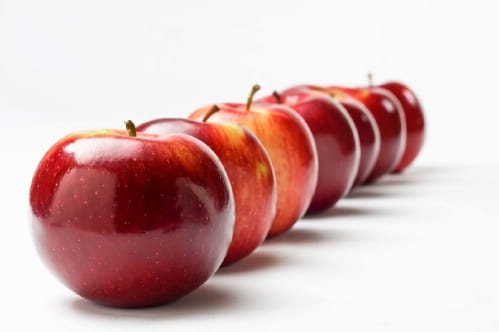 You can plant seeds from those delicious apples and grow your own apple trees. These are a little difficult but they will grow although you
You can plant seeds from those delicious apples and grow your own apple trees. These are a little difficult but they will grow although you
should note that you can plant several of the seeds from a single apple and end up with different types of apple trees. Just allow the seeds to dry out and then plant them. Note that you will need at least two apple trees in order for them to grow well so save more than one seed the next time you enjoy an apple.
22. Peaches
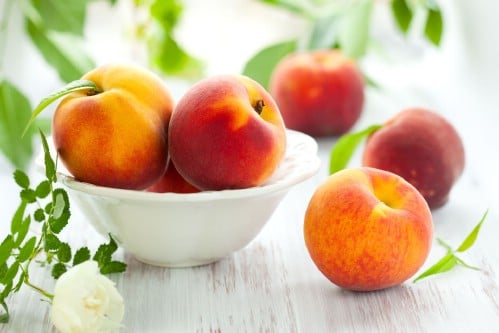 Peaches, nectarines and plums can
Peaches, nectarines and plums can
all be grown from their seeds. Note that it does take a couple of years before you will be able to get any fruit from trees that you grow from seed but it will definitely be worth it if you begin now. You just have to dry the seeds out very well to prepare them for planting and plant them in a nutrient rich soil and in an area that gets plenty of sunlight.
23. Lemons
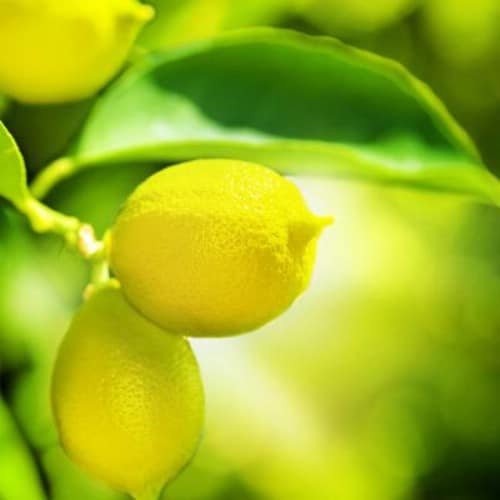 Lemon trees can be grown from seeds and if you live in an area that gets really cold winters, you can simply grow dwarf trees indoors. Meyer lemons tend to have smaller plants so choose these if you want an indoor lemon tree. You will begin to get lemons from your tree in just a
Lemon trees can be grown from seeds and if you live in an area that gets really cold winters, you can simply grow dwarf trees indoors. Meyer lemons tend to have smaller plants so choose these if you want an indoor lemon tree. You will begin to get lemons from your tree in just a
couple of years so remember that you won’t actually get lemons the same year that you plant them. Just be sure to clean and dry your seeds before planting and choose a soil that is rich in nutrients for the best results.
24. Hazelnuts
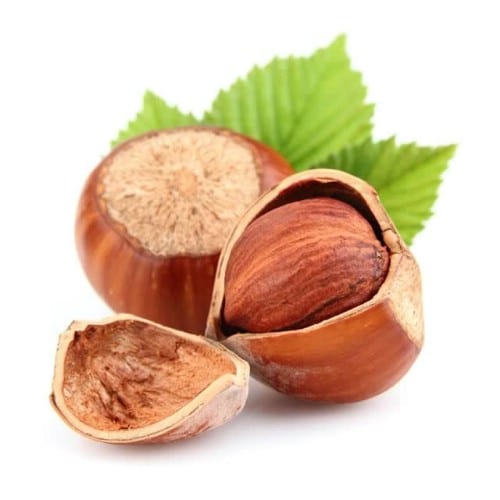 Hazelnuts can be grown from seeds, although they do need to be planted near another hazelnut tree in order to germinate. Just dry the nuts well and plant them in a rich soil. You can begin your plantings indoors and then transplant outdoors during warmer weather if you want or if you
Hazelnuts can be grown from seeds, although they do need to be planted near another hazelnut tree in order to germinate. Just dry the nuts well and plant them in a rich soil. You can begin your plantings indoors and then transplant outdoors during warmer weather if you want or if you
live in an area that is warm year-round, just plant them whenever you are ready. You will begin growing your own hazelnuts within just a couple of years.
25. Chestnuts
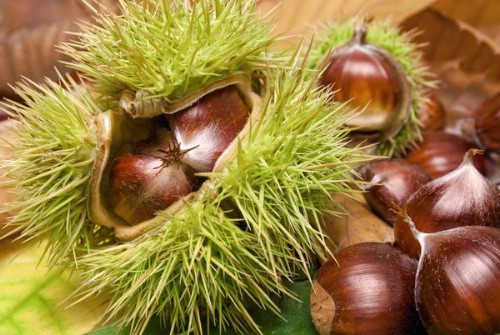 Growing chestnuts is really easy, provided you choose a type of chestnut that is indigenous to your planting zone. Remember to dry the nuts out well before planting and
Growing chestnuts is really easy, provided you choose a type of chestnut that is indigenous to your planting zone. Remember to dry the nuts out well before planting and
note that you may have to wait a few years before your trees really begin bearing nuts. You will also need to plant more than one chestnut tree for cross pollination or you won’t get much from them.
let's do a small recap
Scallions: Regrow them using their discarded roots. Leave an inch of the scallion attached to the root then put them in a glass of water. Place the glass of water in a room that’s well-lit.
Basil: Basil cuttings can be used to grow new basil. Put basil clippings that have stems of 3-4 inches in a glass of water. Place them in direct sunlight and when the roots get to 2 inches long, transfer them to pots. With time, they will grow into full basil plants. Be sure to change the water constantly though, so they don’t get slimy.
Garlic: Garlic sprouts can be grown from the garlic clove and have a mild flavor from that of garlic. The sprouts can be added to pasta, salads and other dishes. When they begin to sprout, have them placed in a glass that has little water.
Carrots: Carrot greens can be regrown from carrot tops. Have the carrot tops put in a dish that has little water. Place the dish in a room that is well-lit or on a window sill. Carrot greens are a bit bitter but when chopped up together with garlic and sweetened with vinegar, they can be used in salads.
Bok Choy: In a well lit area, place the Bok Choy’s root ends in water. Give them 1-2 weeks then transplant them to a pot that has soil. It will grow a new full head
9 Best Houseplants To Grow In Water
Not just herbs, but other houseplants do equally well in water. Just perfect for you if you regularly kill houseplants by over watering them or forgetting to water altogether. You don’t need to make any special arrangements when you go off for a few days.
Pothos – This plant is commonly grown in water. Take tip cuttings of any length and put the cut end into some water making sure that 2-3 nodes are submerged in water.
Arrowhead – This plant is similar to pothos. Tip cuttings can be potted up with a few nodes below the water level.
Philodendrons – Dainty heart-leaved philodendrons, as well as the large, split-leaved types do equally well in water. Take 6-8 inch cuttings of growing tips and put in a container that can support its weight. You may need to place a piece of rock in the container to prevent accidental tipping.
Peace lily – You can pot up divisions or use an entire plant growing in a pot. Just wash off all the soil from the roots and put it in a bowl of water.
Aluminum plant – Cuttings of this beautiful plant with silver markings do very well in water.
Dracena – The plant commonly grown in water as Chinese lucky bamboo incidentally is no bamboo, but a variety of dracaena (Dracaena braunii). Others like corn plant (D. fragrans), Song of India (D. reflexa) are good choices. Sections of the cane can be rooted and grown in water, but support is essential for these top heavy plants.
Dieffenbachia (Dumb cane) – Cut top growth and pot up in water after the cut end becomes dry. Care must be taken while handling this plant; its sap is so caustic, it can burn your skin.
Chinese evergreen (Aglaonema) – Take cuttings or clean whole plants growing in pots and put them in large containers of water.
Chlorophytum (Spider plant, Airplane plant) – Put large plantlets or entire plants cleaned of all soil particles in goldfish bowls full of water. Water culture is best for hanging plants because you don’t need to water them often.
How To Feed Water-Grown Plants
Plants growing in plain water will soon exhaust what little mineral nutrients the water may contain. Since they don’t have access to the nutrients naturally occurring in soil, they need supplemental nutrition to do well. Regular fertilizers diluted in water or proprietary formulations designed for hydroponics can be used at regular intervals.
When you use fertilizers to feed water grown plants, they leave some residues that may accumulate in the water and on the roots, causing root burn. Change the water at regular intervals and flush the plants and the containers occasionally.
Hydroponics – Growing Plants in Water and Inert Media
Soil has some functions other than providing minerals required for plant growth,. It supports the plants and provides a medium for anchoring the roots. When plants are grown without soil, the lack of proper support can be a limiting factor. Soil acts as a reservoir of water and fertilizers added to it, and then releases both in a controlled manner.
Inert natural media like sand, gravel, perlite, vermiculite coconut fiber, and coconut chips are sometimes added to water containers to serve as support. Some products like lightweight expanded clay and rock wool are specially manufactured for this purpose.
Plants grown in a hydroponic medium seem to appreciate the physical support they get. Special nutrient formulations are mixed with water to provide continuous nourishment to the plants. That’s why hydroponic systems typically give very high yield.
Aquaponics
This is a combination of hydroponics and aquaculture in which fish and other aquatic life are grown. It does away with the proprietary nutrient solutions used in hydroponics, replacing it with the nutrient-rich water discarded from aquaculture tanks.
The system uses an inert medium that gets colonized by microorganisms capable of breaking down aquaculture waste products. The water thus cleaned and filtered by the hydroponic bed gets recirculated into the aquaculture tanks.
A simple replication of aquaponics would be growing herbs, watercress or microgreens on Styrofoam sheets floating in an aquarium tank with their roots absorbing the nutrients generated from fish waste.
It is truly amazing the number of plants that can be grown without soil. If you are ready for a change from conventional gardening why not try your green thumb at water gardening?

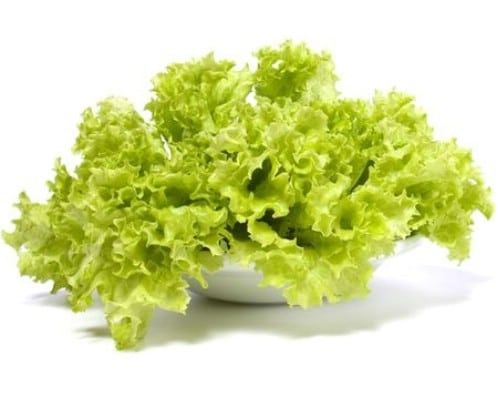
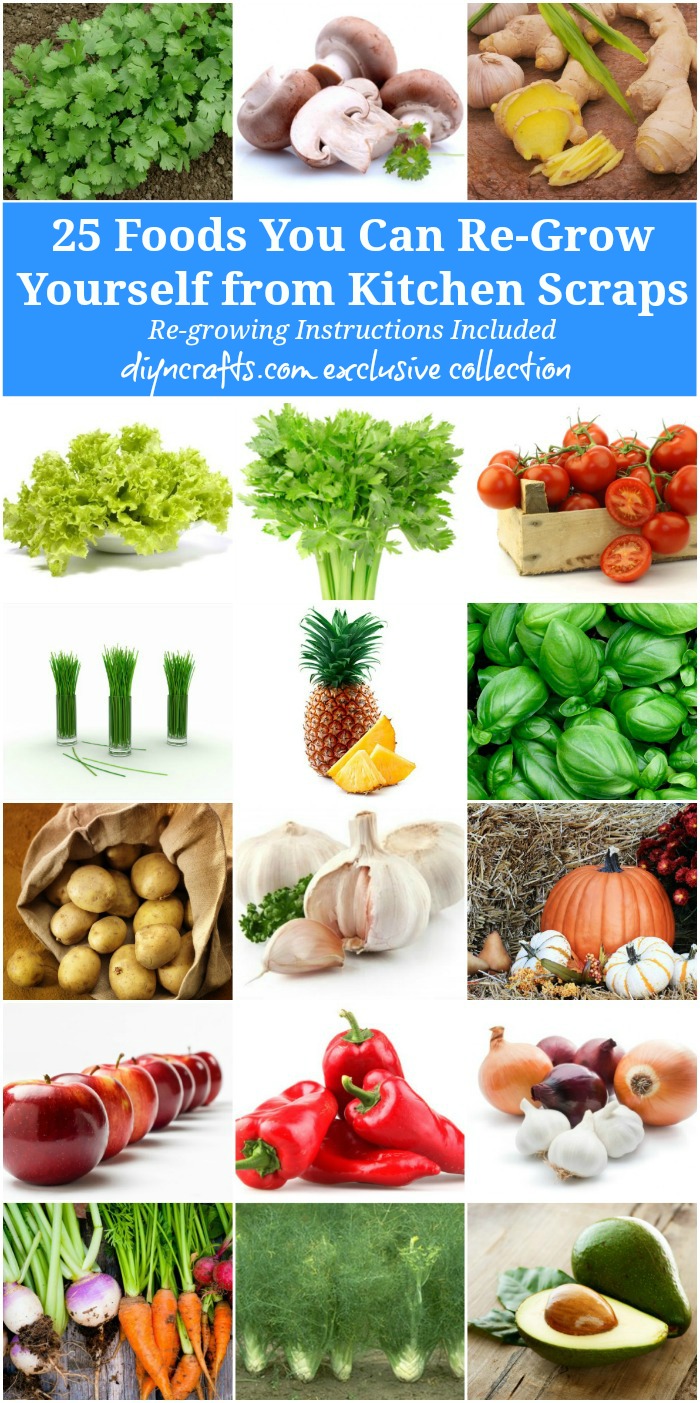



No comments:
Post a Comment